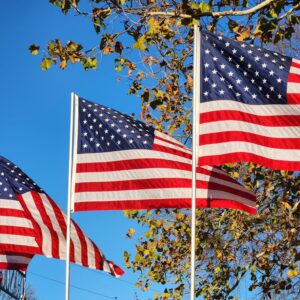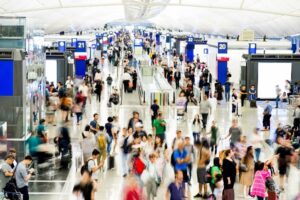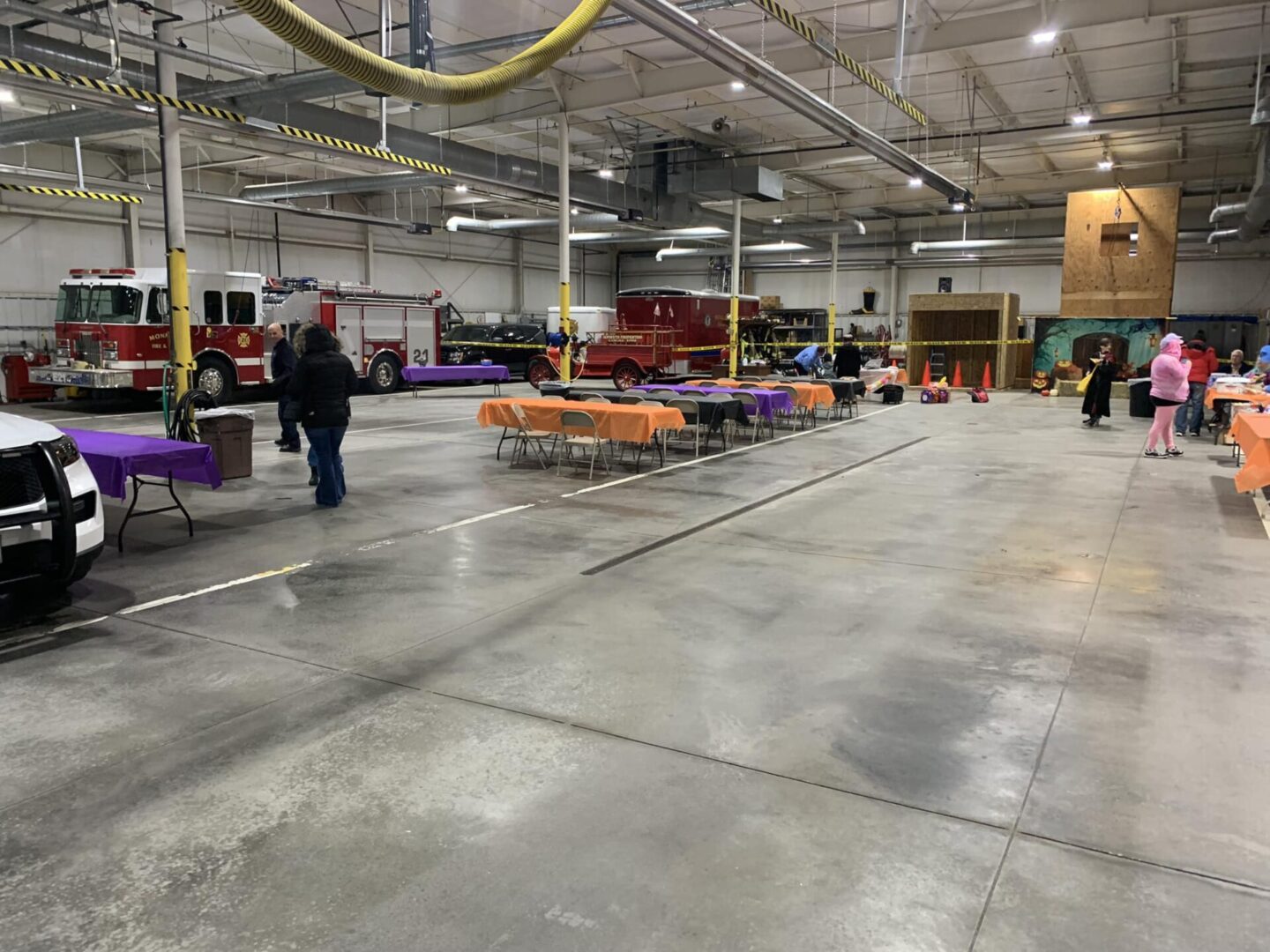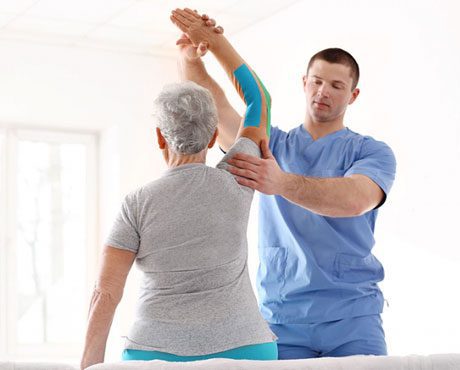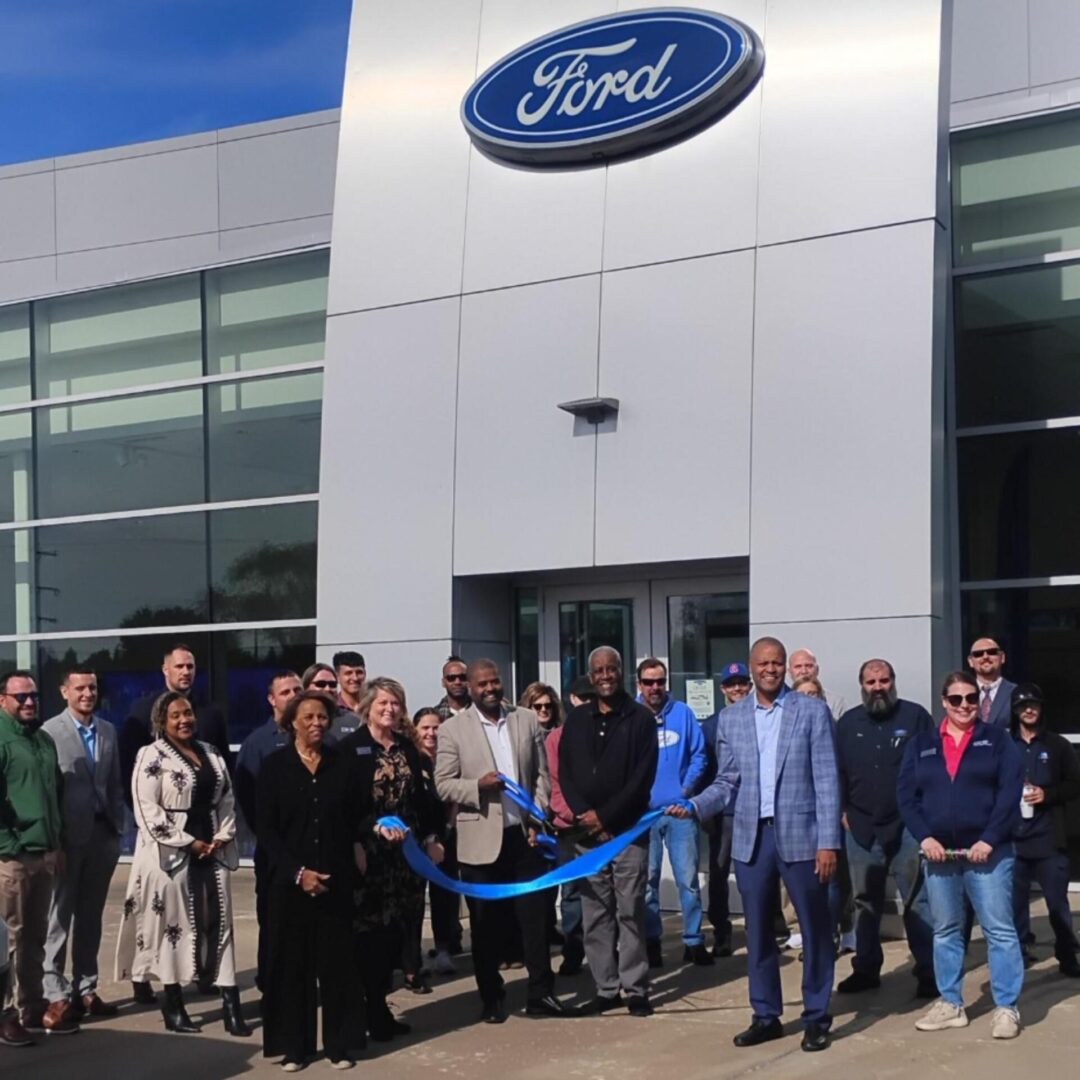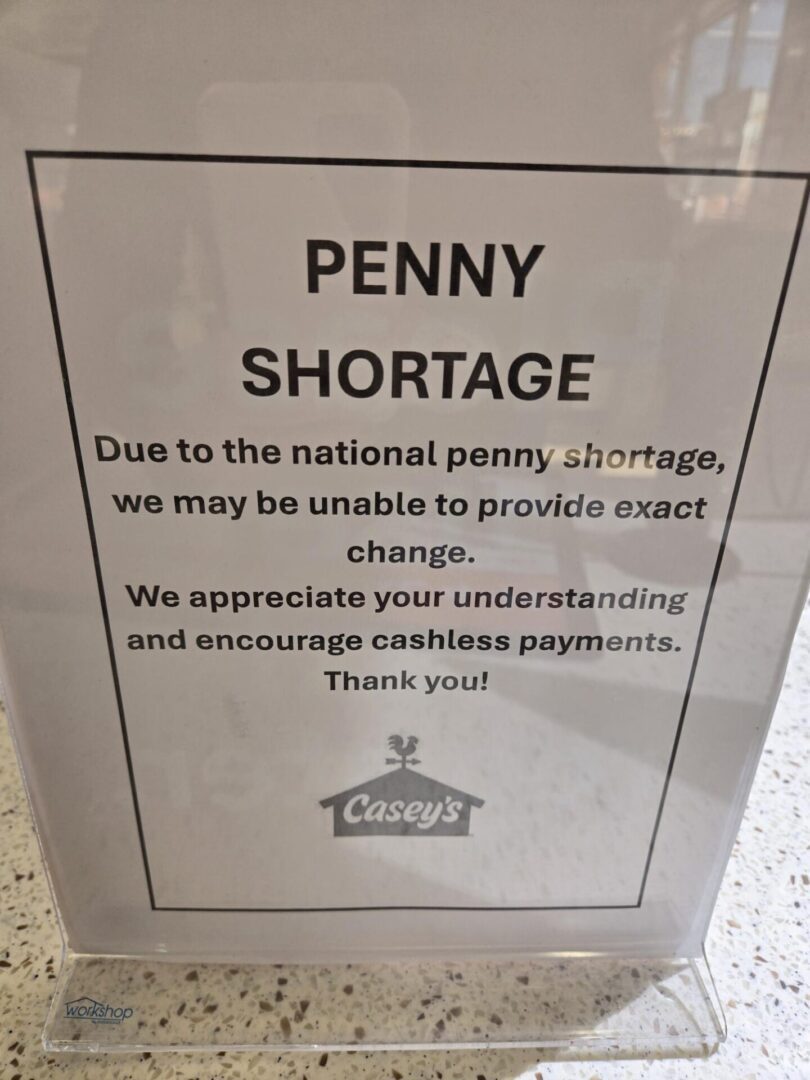By Thomas Best
Last week, I began my discussion of one of the more tragic nights in rock and roll history. As Don McClean has sung about in his song “American Pie,” this was “The Day the Music Died.” That was February 3, 1959, the date on which Buddy Holly, J.P. “the Big Bopper” Richardson, and Richie Valens died in a plane crash after performing at the Surf Ballroom in Clear Lake, Iowa.
In my first episode of this program, I told you about interviewing Billy Olson at his home and at the Surf Ball Room. My wife and I enjoyed our tour around the Surf Ballroom with this fun-loving senior citizen. As you might recall, Billy had been at the Surf that fateful night, and even visited with these young stars backstage during an intermission. That next morning, while milking cows, he heard the news on the radio describing the crash of their plane.
What came next? Billy’s father, who was also an experienced pilot, went out to the crash site with his teenage son. The memories of that once 14-year-old was that the plane was crushed against a fence row. Two bodies, that of Holly and Valens were on one side of the farm fence. Richardson, a bigger man, was lying on the other side. The deceased 21-year-old pilot, Roger Peterson, had remained trapped inside the plane. The famous photographs, beamed across the nation, in fact, Billy’s father in a white jacket, among the other rescue workers near the bodies of Holly and Valens. And with their remains badly disfigured due to the high-speed crash in a blizzard, how did they know which body was Holly. Billy knew because he was there when six $100 bills had been rolled together by Holly and placed into his pocket. Billy described to me how the bodies were taken on to nearby-Mason City, Iowa for examinations before being released to their families. Some of their personal possessions made it back to the family immediately. Other items were not returned until found years later.
Billy realizes that he was major witness to this tragic history. But you too can soak up both the thrills and sadness of this location. For a mere $5 admission fee, you are allowed to walk up on the actual stage and venture back stage where stars have long gathered since the 1950s and signed the walls of the tiny dressing room. (I picked out signatures from “The Temptations” and Don McClean of “American Pie” fame to the Beach Boys’ Brian Wilson with his own cartoonish likeness.) Next, walk around the Surf’s large collection of artifacts and pictures telling the story of events of February 1959. There are letters from Holley’s parents to the grieving family of Richie Valens, hand-written lyrics for “La Bamba” in Spanish by Valens, personal clothing items and musical instruments, and even the head phones from the doomed aircraft. Incidentally, Billy told me that the “Bonanza Beachcraft” on which the musicians died was a tricky plane to fly—very fast and with instruments know to be difficult to interpret. He called this plane a “widow maker.”
If you love early rock and roll, you must visit here. Next week, I will wrap up my discussion by looking at the book I bought about Buddy Holly.
Thanks for you for listening.


